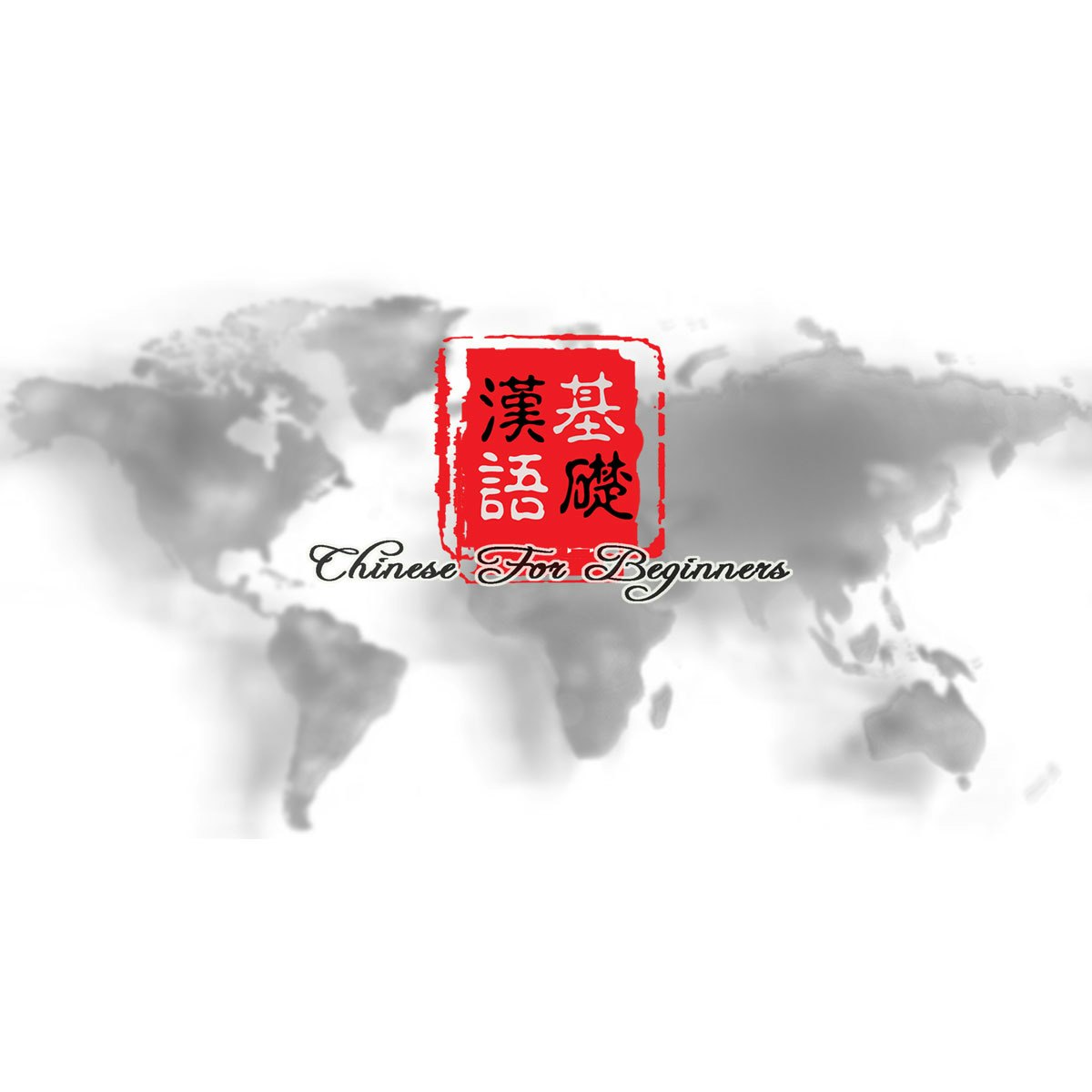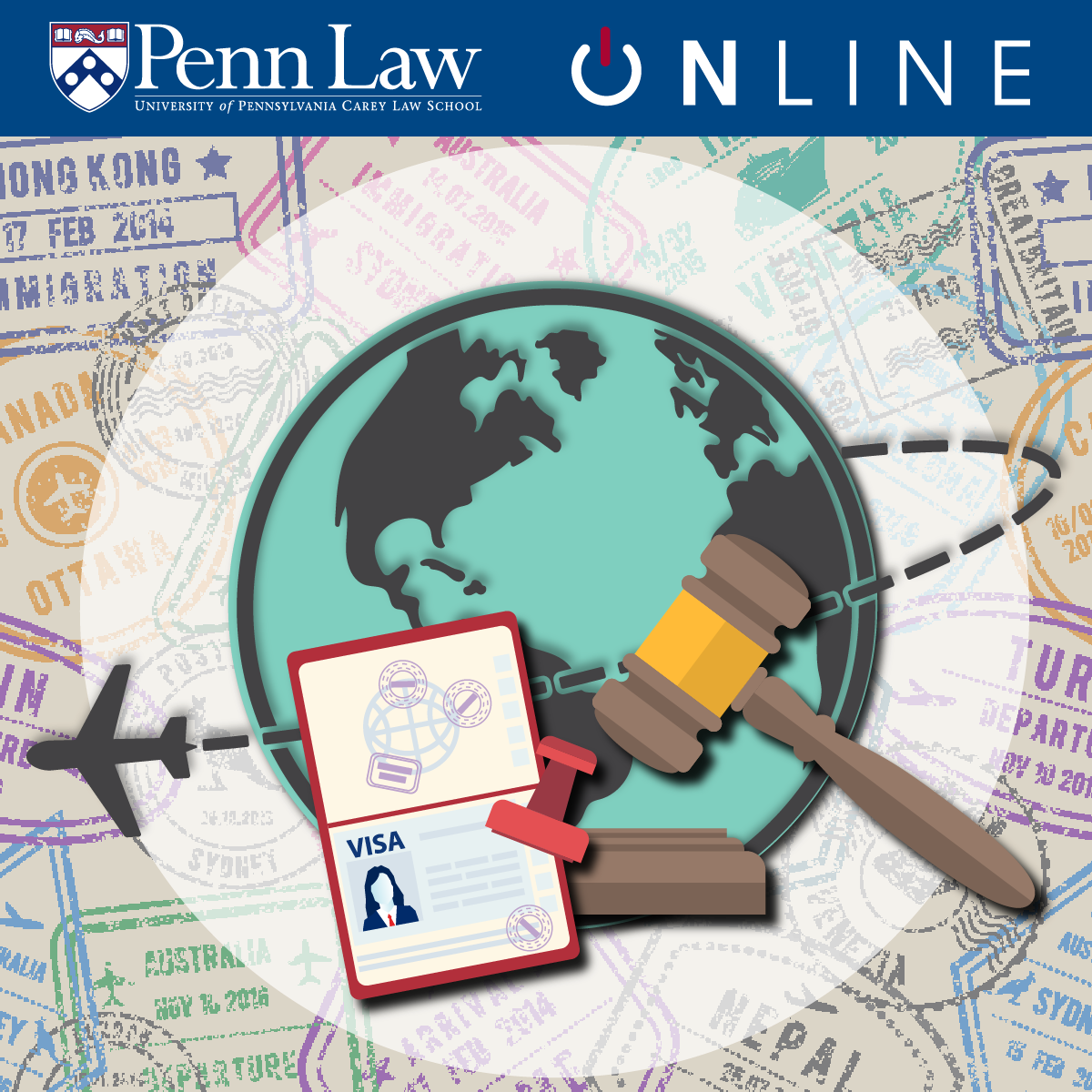Interpreter
Becoming an Interpreter
Interpreters act as vital communication bridges, enabling understanding between people who speak different languages. In real-time conversations, negotiations, or presentations, an interpreter listens to a speaker in one language (the source language) and conveys the message accurately and fluently into another language (the target language). This role demands not only linguistic mastery but also quick thinking, cultural sensitivity, and exceptional listening skills.
Working as an interpreter can be incredibly dynamic and rewarding. You might find yourself facilitating crucial dialogue in a hospital emergency room, enabling international business deals, or ensuring fairness in a court of law. The constant intellectual challenge, exposure to diverse cultures, and the tangible impact of helping others connect make this a compelling field for many language enthusiasts.
Introduction to Interpreters
What is an Interpreter?
At its core, an interpreter is a professional linguist specialized in oral communication. Their primary function is to convert spoken or signed language from one form to another, preserving the original meaning, tone, and intent. Unlike automated tools, human interpreters navigate subtleties, cultural context, and non-verbal cues essential for true understanding.
Interpreters work in various settings, including international conferences, legal proceedings, medical appointments, educational institutions, and community services. Their work is immediate and often high-pressure, requiring intense concentration and the ability to process and reformulate information rapidly. They ensure that language barriers do not impede access to essential services, justice, or global collaboration.
The role requires more than just being bilingual; it demands deep proficiency in both the source and target languages, including vocabulary, grammar, idioms, and cultural nuances. A successful interpreter possesses sharp analytical skills, a strong memory, and unwavering ethical standards.
Interpreter vs. Translator
Though often used interchangeably in casual conversation, "interpreter" and "translator" represent distinct professions within the language services field. The fundamental difference lies in the medium: interpreters work with spoken or signed language in real-time, while translators work with written text.
Interpretation demands immediate comprehension and delivery, often requiring skills like public speaking and quick decision-making under pressure. Translation, conversely, allows time for research, revision, and careful crafting of the written word, emphasizing writing skills and subject matter expertise.
While both roles require exceptional language skills and cultural understanding, the specific skill sets diverge significantly. Some professionals may perform both functions, but specialization in one area is common due to the different demands and techniques involved.
Why Interpreters Matter
In our increasingly interconnected world, interpreters play a crucial role in facilitating communication across linguistic and cultural divides. They are essential in ensuring equal access to information and services for individuals who do not speak the dominant language of a region or setting.
From global diplomacy and international business negotiations to local community services and healthcare, interpreters break down barriers. They enable meaningful participation in legal processes, ensure patients understand medical diagnoses, and support effective collaboration in multinational organizations. Their work promotes understanding, builds trust, and upholds fundamental rights.
The demand for skilled interpreters continues to grow, driven by globalization, migration, and the recognition of linguistic rights. This profession offers a chance to make a tangible difference in people's lives and contribute to a more inclusive and understanding global society.
Key Responsibilities of Interpreters
Modes of Interpreting
Interpreters employ different techniques, or modes, depending on the context and requirements of the communication setting. The two primary modes are simultaneous and consecutive interpreting. Understanding these modes is key to grasping the diverse nature of an interpreter's work.
Simultaneous interpreting involves rendering the message into the target language almost instantaneously as the speaker delivers it. This mode is common in settings like conferences, international meetings (e.g., the United Nations), and live broadcasts, often requiring specialized equipment like soundproof booths and headsets. It demands extreme concentration and the ability to listen and speak concurrently.
Consecutive interpreting occurs when the speaker pauses after completing a thought or segment, allowing the interpreter to deliver the message in the target language. This mode relies heavily on memory and advanced note-taking systems to capture key information accurately. It is frequently used in smaller meetings, interviews, medical consultations, and court proceedings.
Other modes include sight translation (reading a document aloud in the target language), liaison interpreting (relaying messages back and forth between two parties, often in consecutive mode), and whispered interpreting (simultaneously interpreting for a very small audience by whispering directly to them).
The Role of Cultural Mediation
Effective interpretation goes beyond simply converting words; it involves bridging cultural gaps to ensure genuine understanding. Interpreters often act as cultural mediators, navigating nuances, idioms, and context-specific references that might be lost in literal translation. They must be sensitive to cultural differences in communication styles, etiquette, and non-verbal cues.
This requires a deep understanding of the cultures associated with both the source and target languages. An interpreter might need to clarify culturally specific concepts or adjust the register (formality) of the language to be appropriate for the audience. Their goal is to ensure the message resonates culturally as well as linguistically.
Maintaining neutrality while mediating cultural differences is a delicate balance. The interpreter's role is to facilitate understanding without interjecting personal opinions or biases, ensuring the original speaker's intent is conveyed accurately and appropriately within the cultural context of the listeners.
These courses explore the complexities of communicating across different cultural backgrounds.
Areas of Specialization
Many interpreters choose to specialize in specific fields, developing expertise in the terminology and protocols relevant to that area. Specialization often leads to higher demand and potentially better compensation due to the required knowledge and skill level.
Common areas include legal or court interpreting, which involves working in courtrooms, depositions, and other legal settings, demanding familiarity with legal terminology and procedures. Medical interpreting takes place in hospitals, clinics, and other healthcare environments, requiring knowledge of medical terms and sensitivity to patient needs.
Conference interpreting is often considered the pinnacle, involving simultaneous interpretation at international conferences and high-level meetings. Community interpreting serves diverse populations in social services, education, and local government settings. Sign language interpreting facilitates communication between Deaf or hard-of-hearing individuals and hearing individuals.
Each specialization has unique demands, ethical considerations, and often requires specific training or certification. Choosing a specialization allows interpreters to deepen their expertise and tailor their careers to their interests and strengths.
Formal Education Pathways
Foundational Degrees and Language Fluency
While a specific degree is not always mandatory to become an interpreter, a bachelor's degree is increasingly expected, particularly for staff positions or specialized roles. Degrees in languages, linguistics, translation studies, or international relations provide a strong foundation.
More critical than any specific degree is achieving near-native fluency in at least two languages – your source language(s) and your target language(s). This involves not just conversational ability but mastery of grammar, complex vocabulary, registers, and cultural nuances. Many interpreters grow up bilingual or multilingual, while others dedicate years to intensive language study.
Online courses are excellent resources for building and refining language skills. Platforms like OpenCourser offer courses across numerous languages, from beginner to advanced levels, helping you build the essential linguistic proficiency needed for this demanding career.
These courses offer comprehensive introductions or advanced training in various languages, crucial for aspiring interpreters.
This book provides strategies for accelerating language acquisition.
Specialized Training and Certification
Beyond foundational language skills, specialized training is often necessary, especially for fields like medical or legal interpreting. Many universities and colleges offer certificate programs or graduate degrees specifically in interpretation or translation studies. These programs teach interpreting techniques, ethics, and field-specific terminology.
Certification can significantly enhance an interpreter's credibility and marketability. While requirements vary by country, state, and specialization, common certifications include those for court interpreters (often administered by state or federal courts) and medical interpreters (e.g., Certified Healthcare Interpreter™ (CHI™) from CCHI or Certified Medical Interpreter (CMI) from NBCMI in the US).
Preparing for certification often involves rigorous study and passing demanding exams that test language proficiency, interpreting skills, and knowledge of ethics and terminology. Professional organizations like the American Translators Association (ATA) also offer certifications, though primarily focused on translation.
This course provides insights relevant for those considering conference interpreting roles.
This course covers US immigration law, relevant for legal interpreters or those working with immigrant communities.
Proving Language Proficiency
Demonstrating high-level proficiency in working languages is crucial for interpreters. Employers and certification bodies typically require proof of fluency through standardized tests or specific assessments designed for interpreters.
For non-native English speakers targeting English, exams like the TOEFL or IELTS are common benchmarks. Similarly, standardized tests exist for many other languages, such as the DELE for Spanish, DALF/DELF for French, Goethe-Zertifikat for German, or HSK for Chinese. Achieving high scores on these tests is often a prerequisite.
Interpreter-specific assessments go further, evaluating not just language knowledge but also the core skills of interpreting itself, such as accuracy, memory, and delivery in both simultaneous and consecutive modes. Certification exams serve this purpose, providing a standardized measure of professional competence.
These courses focus on advanced language skills and test preparation, helpful for meeting proficiency requirements.
Skill Development Strategies
Mastering Cognitive Skills
Interpretation is an intensely cognitive activity that demands more than just language fluency. Interpreters must develop exceptional memory, concentration, and the ability to multitask under pressure. Managing cognitive load – the mental effort required to process information – is crucial for sustained performance.
Techniques for enhancing short-term memory, such as visualization and association, are vital, especially for consecutive interpreting. Maintaining focus for extended periods, often amidst distractions, requires disciplined mental training. Simultaneous interpreters, in particular, must master the complex task of listening, processing, and speaking all at once.
Continuous practice, self-awareness of mental limits, and strategies for quick recovery from errors are essential components of cognitive skill development for interpreters. This mental agility allows them to handle the high demands of the profession effectively.
This book explores language processing and might offer insights into the cognitive aspects of interpreting.
Refining Communication Techniques
Beyond linguistic accuracy, interpreters must be skilled communicators. This includes mastering active listening – fully concentrating on, understanding, and remembering what is said. For consecutive interpreting, developing a robust and efficient note-taking system is paramount for capturing essential details accurately.
Clear articulation, appropriate pacing, and effective public speaking skills are necessary, especially in simultaneous or conference settings. Interpreters must also project neutrality and professionalism, ensuring their delivery does not introduce bias or personal interpretation. Managing interactions tactfully and maintaining composure in challenging situations are also key.
Continuous practice, seeking feedback, and studying the techniques of experienced interpreters are effective ways to refine these communication skills. Online courses focusing on public speaking, active listening, or specific interpreting techniques can also be valuable development tools.
These courses focus on various aspects of language, speech, and presentation, which are relevant to refining communication techniques.
Embracing Technology
Technology is increasingly influencing the field of interpretation. While Computer-Assisted Translation (CAT) tools are more central to translators, interpreters benefit from terminology management software and digital glossaries for quick reference.
The rise of Remote Simultaneous Interpreting (RSI) and Video Remote Interpreting (VRI) platforms has transformed service delivery, enabling interpreters to work from anywhere. Proficiency with these platforms, including troubleshooting basic technical issues, is becoming essential.
Furthermore, advancements in speech recognition and AI interpretation tools present both opportunities and challenges. While not yet capable of replacing human nuance and cultural understanding, these tools may assist interpreters or handle basic tasks in the future. Staying informed about technological developments is crucial for career longevity.
This course involves using technology for translation, touching on relevant themes.
Career Progression in Interpretation
Starting Your Career
Entering the interpretation field often begins with building experience in community settings or through freelance assignments. Entry-level roles might involve interpreting in schools, social service agencies, or smaller business meetings. Gaining exposure to different environments and modes of interpreting is key early on.
Networking within the language services industry and joining professional organizations can open doors to opportunities. Building a strong portfolio of successful assignments and positive client feedback is essential for establishing a reputation. Volunteering for non-profits or community organizations can also be a way to gain initial experience.
Mentorship from experienced interpreters can provide invaluable guidance on navigating the profession, developing skills, and finding work. Persistence and a commitment to continuous learning are crucial during the early stages of an interpreter's career.
Employment Models: Freelance vs. Staff
Interpreters typically work either as freelancers (independent contractors) or as staff employees for organizations. Freelancing offers flexibility in schedule and choice of assignments but requires strong business management skills, including marketing, invoicing, and managing inconsistent income.
Staff positions, found in courts, hospitals, government agencies, or large corporations, provide regular salary, benefits, and stability. However, they may offer less variety in assignments and less control over working hours. The choice between freelance and staff often depends on individual preferences for autonomy versus security.
According to the U.S. Bureau of Labor Statistics, employment of interpreters and translators is projected to grow significantly faster than the average for all occupations, indicating strong demand. Compensation varies widely based on language combination, specialization, location, experience, and employment model.
Whether freelance or staff, building a strong professional network and maintaining high standards of quality and ethics are fundamental to sustained success in the field.
Advancing and Specializing
Career advancement for interpreters often involves gaining expertise in high-demand specializations like conference, legal, or medical interpreting. Obtaining relevant certifications can validate skills and open doors to more complex and higher-paying assignments.
Experienced interpreters may move into roles involving coordination, quality assurance, or training new interpreters. Some establish their own agencies or consultancies. Others might leverage their linguistic and cultural expertise to pivot into related fields such as international relations, localization management, or cross-cultural training.
Continuous professional development, staying abreast of industry trends, and adapting to new technologies are essential for long-term growth. Building a reputation for excellence and reliability is the cornerstone of a successful and advancing career in interpretation.
Exploring related careers can provide alternative pathways or complementary skills.
Technological Impact on Interpretation
AI and Machine Interpretation
Artificial intelligence (AI) and machine translation technologies are rapidly evolving, raising questions about their impact on the interpretation profession. Current AI tools can handle basic, predictable conversations with increasing accuracy, particularly in text-based or limited-domain scenarios.
However, these technologies still struggle significantly with the complexities of human language, including nuance, sarcasm, cultural context, ambiguity, and non-verbal cues. High-stakes situations requiring precision, empathy, and cultural understanding – core strengths of human interpreters – remain largely beyond the capabilities of current AI.
While full automation of complex interpreting tasks seems unlikely in the near future, AI may increasingly serve as an assistant tool for interpreters, handling repetitive tasks or providing terminology support. Interpreters who adapt and learn to leverage these tools may find new efficiencies, while the core human element of bridging deep understanding remains critical.
This book delves into how language is used and processed, relevant to understanding the gap between human and machine capabilities.
The Growth of Remote Interpreting
Remote interpreting, facilitated by technology, has become increasingly prevalent. Video Remote Interpreting (VRI) connects interpreters with clients via video calls, commonly used in healthcare and customer service. Remote Simultaneous Interpreting (RSI) platforms allow conference interpreters to work from remote locations rather than on-site booths.
These technologies offer benefits like increased accessibility to interpreters (especially for rare languages or in remote areas), reduced travel costs, and greater flexibility. Clients can often access interpreting services on-demand through VRI.
However, remote interpreting also presents challenges. Technical issues like poor audio/video quality or unstable internet connections can impede communication. Interpreters may miss crucial non-verbal cues available in person, and maintaining focus and managing cognitive load can be more difficult remotely. Ensuring confidentiality and data security on digital platforms is also paramount.
Ethical Considerations of Technology
The integration of technology in interpretation brings new ethical considerations. Regarding AI, questions arise about accuracy, potential biases encoded in algorithms, and accountability when errors occur. The potential for job displacement also raises concerns within the profession.
For remote interpreting, maintaining confidentiality and data privacy is a major ethical challenge. Interpreters must ensure their remote work environment is secure and that platforms used comply with privacy regulations like HIPAA in healthcare. Ensuring equal quality of service compared to in-person interpreting is another ethical consideration.
As technology continues to evolve, the interpreting profession must proactively address these ethical dimensions, updating codes of conduct and best practices to ensure responsible and effective use of new tools while upholding the core values of accuracy, impartiality, and confidentiality.
Ethical Challenges in Interpretation
Maintaining Confidentiality
Confidentiality is a cornerstone of ethical interpretation practice. Interpreters are often privy to sensitive information in legal, medical, business, or personal contexts. They have a strict professional obligation to keep this information confidential and not disclose it to third parties.
This duty extends beyond the interpreting session itself. Interpreters must handle notes and any recorded materials securely and dispose of them properly. They must also avoid discussing assignment details in public or social settings, even anonymously.
Understanding the specific confidentiality requirements of different fields (e.g., attorney-client privilege in law, HIPAA regulations in US healthcare) is crucial. Breaching confidentiality can have severe consequences for the individuals involved and damage the interpreter's professional reputation.
Ensuring Impartiality and Accuracy
Interpreters must remain impartial and neutral, acting solely as conduits for communication. They should not interject personal opinions, advice, or biases into the interpretation. Their role is to convey the speaker's message accurately and completely, including tone and register, without adding, omitting, or altering content.
This requires careful self-monitoring to avoid unconscious bias. Interpreters must also navigate cultural differences sensitively, clarifying potential misunderstandings without imposing their own cultural framework. Accuracy means faithfully rendering the meaning, not just the literal words.
If an interpreter is unsure of a term or concept, they should seek clarification rather than guessing. Adhering strictly to impartiality and accuracy builds trust and ensures the integrity of the communication process.
These courses touch upon communication dynamics and cultural understanding, relevant to maintaining impartiality.
Navigating Conflicts of Interest
A conflict of interest arises when an interpreter's personal interests, relationships, or biases could potentially compromise their ability to remain impartial and objective. This could involve interpreting for family members or close friends, or having a financial stake in the outcome of a negotiation they are interpreting.
Ethical guidelines require interpreters to disclose any potential or actual conflicts of interest to all parties involved before accepting an assignment. In many cases, the interpreter should withdraw from the assignment if the conflict cannot be appropriately managed or if it could reasonably cast doubt on their impartiality.
Transparency and professional judgment are key in navigating these situations. Prioritizing ethical obligations over personal convenience or financial gain is essential for maintaining the integrity of the profession and the trust of clients.
Global Market Dynamics
Language Demand Trends
The demand for specific languages in interpretation is constantly shifting, influenced by global events, economic trends, and migration patterns. Languages associated with major world economies, international diplomacy, and significant diasporic communities are often in high demand.
In many parts of the world, languages like Spanish, Mandarin Chinese, Arabic, French, German, Portuguese, and Russian remain consistently sought after. However, regional needs vary significantly. For instance, demand for specific indigenous languages or languages spoken by recent immigrant or refugee populations may be high in certain localities.
Staying informed about geopolitical developments, international trade relationships, and demographic shifts can help interpreters anticipate future language needs. Resources like the BLS Occupational Outlook Handbook or reports from language industry associations can provide insights into current and projected demand trends.
These courses cover languages often in global demand.
Sector Opportunities: Public vs. Private
Interpreters find opportunities in both the public and private sectors, each offering different environments and requirements. The public sector includes government agencies (local, state, federal), courts, international organizations (like the UN), public schools, and publicly funded hospitals.
Public sector roles often require specific certifications, security clearances (for government work), and adherence to strict protocols. These positions may offer greater job security and benefits but potentially lower pay compared to some private sector roles.
The private sector encompasses a vast range of industries, including multinational corporations, law firms, private healthcare providers, tech companies, tourism, and entertainment. Opportunities might involve business negotiations, client meetings, market research interviews, or interpreting for international employees. Private sector work, especially high-level conference or business interpreting, can be lucrative but may also be more competitive or demand specialized business acumen.
The Influence of Migration and Globalization
Globalization – the increasing interconnectedness of economies, cultures, and societies worldwide – is a major driver of demand for interpreters. International business, travel, and collaboration necessitate communication across language barriers.
International migration also fuels the need for interpretation services significantly. As people move across borders, they require access to essential services like healthcare, education, legal aid, and social support in their native languages. This creates substantial demand for community interpreters, particularly in countries with diverse immigrant populations.
Organizations like the Migration Policy Institute provide research on migration trends, which often correlate with demand for specific language services. Understanding these large-scale demographic and economic forces helps contextualize the vital role interpreters play in facilitating inclusion and interaction in a globalized world.
This book discusses language dynamics in multilingual families, relevant to migration contexts.
Physical and Mental Health Considerations
Protecting Your Voice
For spoken language interpreters, the voice is a primary tool, and protecting it is essential for career longevity. Prolonged speaking, often in challenging acoustic environments or under stress, can lead to vocal strain, fatigue, or even injury.
Proper vocal techniques, including breath support, clear articulation, and avoiding excessive volume or tension, are crucial. Staying well-hydrated, warming up the voice before assignments, and taking vocal rest periods are important preventative measures. Interpreters working in booths should ensure good ventilation and sound quality.
Recognizing early signs of vocal fatigue and seeking professional advice from voice coaches or medical specialists if problems arise is important. Voice care is an integral part of an interpreter's professional practice.
Managing Mental Fatigue and Stress
Interpretation is mentally taxing. The intense concentration required for simultaneous interpreting, the memory demands of consecutive interpreting, and the pressure of high-stakes situations (like medical emergencies or court trials) can lead to significant mental fatigue and stress.
Interpreters need strategies to manage this cognitive load. Taking regular breaks during long assignments, practicing mindfulness or relaxation techniques, and maintaining a healthy work-life balance are important. Debriefing after emotionally difficult assignments can also be helpful.
Developing resilience and coping mechanisms is crucial. Recognizing personal limits and avoiding over-scheduling can prevent burnout. Peer support networks and professional organizations can offer resources for managing the psychological demands of the profession.
Ergonomics for Interpreters
Physical comfort and proper posture are important for preventing strain and injury, especially for interpreters who spend long hours sitting in booths or at workstations for remote assignments. Ergonomics – the science of designing workspaces to fit users' needs – plays a key role.
Interpreters working in booths should ensure chairs provide adequate support, monitors are positioned correctly, and lighting is optimal. For remote interpreters, setting up a dedicated workspace with an ergonomic chair, proper desk height, and external monitors can significantly reduce physical discomfort.
Regular stretching, varying posture, and taking short breaks to move around can help mitigate the risks associated with sedentary work. Paying attention to physical well-being supports overall health and sustained performance in the demanding field of interpretation.
Frequently Asked Questions
What are typical salary ranges for different interpreter types?
Interpreter salaries vary greatly based on factors like language combination, specialization, experience, location, and employment type (freelance vs. staff). According to the U.S. Bureau of Labor Statistics, the median annual wage for interpreters and translators was $57,810 in May 2023. However, specialized roles like conference or high-level legal interpreters often command significantly higher rates, particularly for freelance work. Community interpreters or those in entry-level positions may earn less. Geographic location also plays a major role, with higher wages typical in major metropolitan areas with high demand.
Can interpretation be fully automated by AI?
While AI and machine translation are advancing, they currently cannot fully replicate the complex skills of human interpreters. AI struggles with nuance, cultural context, ambiguity, non-verbal cues, and the empathy required in many interpreting situations (e.g., healthcare, therapy). While AI might handle simple, predictable tasks or assist human interpreters in the future, the need for skilled human interpreters, especially in high-stakes or culturally sensitive contexts, is expected to remain strong for the foreseeable future.
Which languages offer the best career prospects globally?
Demand shifts based on global events and economic trends. Generally, languages of major global economies and international organizations (e.g., official UN languages: Arabic, Chinese, English, French, Russian, Spanish) are consistently in demand. Languages spoken by large diasporic or migrant communities also see high demand regionally (e.g., Spanish in the US). Emerging economies or regions experiencing geopolitical focus can also drive demand for specific languages. Researching current needs in your target region or specialization is recommended.
Explore language courses on OpenCourser Browse Languages to build skills in high-demand areas.
What are the main trade-offs between freelance and staff interpreting?
Freelance interpreting offers greater flexibility, autonomy in choosing assignments, and potentially higher earning potential for experienced specialists. However, it comes with income instability, the need to manage business aspects (marketing, taxes, invoicing), and lack of employer-provided benefits. Staff positions (in hospitals, courts, companies) provide stable income, benefits, and less administrative burden but offer less flexibility and potentially less variety in work.
What factors contribute to a long and successful career in interpreting?
Longevity in interpreting requires more than just language skills. Key factors include continuous learning (updating language skills, terminology, and interpreting techniques), adaptability (embracing new technologies and specializations), strong ethical conduct, effective stress management and self-care (addressing vocal and mental health), networking, and business acumen (especially for freelancers). Specializing in high-demand fields and obtaining certifications can also contribute to sustained success.
The OpenCourser Learner's Guide offers tips on lifelong learning and skill development applicable to interpreters.
Are interpreter certifications recognized internationally?
Recognition of interpreter certifications varies significantly across countries and even regions within countries. Some certifications (like those for specific international organizations) may have broader recognition, but many national or state-level certifications (e.g., US court or medical certifications) are primarily recognized within their specific jurisdiction. There is limited formal reciprocity between most national certification systems. Interpreters aiming to work internationally often need to investigate the specific requirements and credentialing processes of their target countries or organizations.
Becoming an interpreter is a challenging yet deeply rewarding path for those passionate about languages and facilitating communication. It requires rigorous training, continuous skill development, and a strong ethical compass. If you are drawn to bridging linguistic and cultural divides, this career offers a unique opportunity to make a meaningful impact in a diverse range of settings.



















